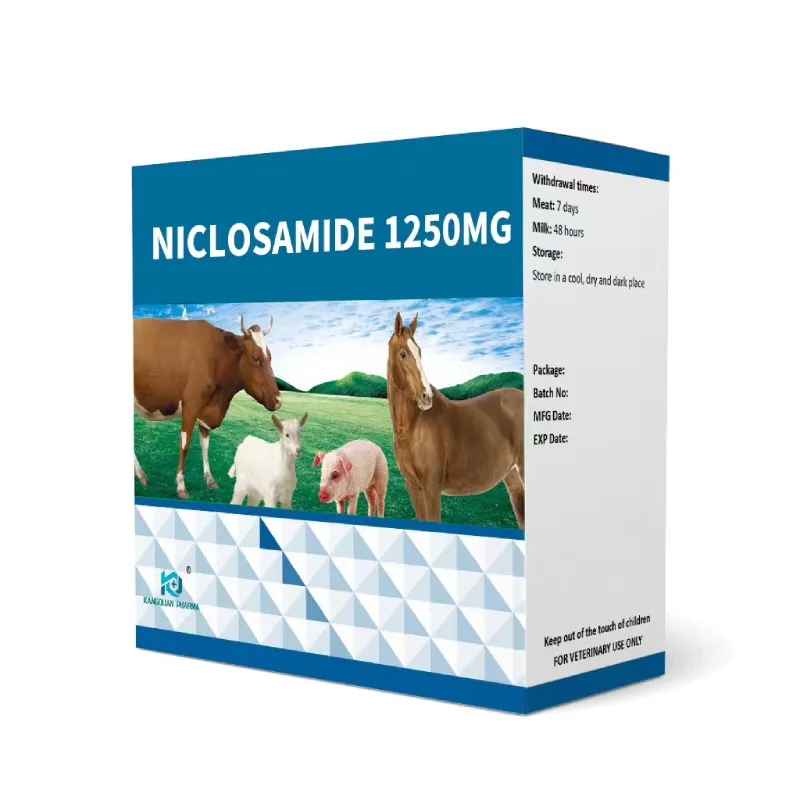- Afrikaans
- Albanian
- Amharic
- Arabic
- Armenian
- Azerbaijani
- Basque
- Belarusian
- Bengali
- Bosnian
- Bulgarian
- Catalan
- Cebuano
- Corsican
- Croatian
- Czech
- Danish
- Dutch
- English
- Esperanto
- Estonian
- Finnish
- French
- Frisian
- Galician
- Georgian
- German
- Greek
- Gujarati
- Haitian Creole
- hausa
- hawaiian
- Hebrew
- Hindi
- Miao
- Hungarian
- Icelandic
- igbo
- Indonesian
- irish
- Italian
- Japanese
- Javanese
- Kannada
- kazakh
- Khmer
- Rwandese
- Korean
- Kurdish
- Kyrgyz
- Lao
- Latin
- Latvian
- Lithuanian
- Luxembourgish
- Macedonian
- Malgashi
- Malay
- Malayalam
- Maltese
- Maori
- Marathi
- Mongolian
- Myanmar
- Nepali
- Norwegian
- Norwegian
- Occitan
- Pashto
- Persian
- Polish
- Portuguese
- Punjabi
- Romanian
- Russian
- Samoan
- Scottish Gaelic
- Serbian
- Sesotho
- Shona
- Sindhi
- Sinhala
- Slovak
- Slovenian
- Somali
- Spanish
- Sundanese
- Swahili
- Swedish
- Tagalog
- Tajik
- Tamil
- Tatar
- Telugu
- Thai
- Turkish
- Turkmen
- Ukrainian
- Urdu
- Uighur
- Uzbek
- Vietnamese
- Welsh
- Bantu
- Yiddish
- Yoruba
- Zulu
9 月 . 12, 2024 15:26 Back to list
Oxytetracycline Injection Uses - Benefits, Dosage & Safety Information
Oxytetracycline injection is a broad-spectrum antibiotic that is widely used in veterinary and human medicine. It belongs to the tetracycline class of antibiotics and is effective against a variety of gram-positive and gram-negative bacteria. This article discusses the uses and benefits of oxytetracycline injection, as well as important considerations for its application.
One of the primary uses of oxytetracycline injection is in the treatment of bacterial infections. It is commonly administered to tackle a range of infections, including respiratory tract infections, urinary tract infections, and skin infections. The antibiotic works by inhibiting protein synthesis in bacteria, thereby slowing their growth and allowing the immune system to effectively eliminate the pathogens. This makes it particularly useful for treating conditions caused by susceptible organisms.
In veterinary medicine, oxytetracycline injection is employed for various animal treatments. It is frequently administered to livestock, poultry, and pets to treat infections and prevent disease outbreaks. For instance, it is utilized to manage respiratory diseases in cattle, which can significantly impact farming productivity. Moreover, its use in aquaculture helps address bacterial infections in fish, promoting healthier and more sustainable farming practices.
Another significant benefit of oxytetracycline injection is its effectiveness against certain protozoan infections, such as those caused by *Neospora* species in dogs
. This broad range of activity makes it a versatile choice in both human and veterinary medicine.oxytetracycline injection uses

Despite its efficacy, the use of oxytetracycline injection must be approached with caution. One major concern is the development of antibiotic resistance, which can arise from overuse or misuse of antibiotics. To minimize this risk, practitioners are encouraged to prescribe oxytetracycline judiciously, ensuring it is reserved for cases where it is truly needed. Patients and pet owners should always follow the prescribed dosage and treatment duration to help prevent resistance.
Additionally, potential side effects of oxytetracycline injection should be considered. In humans, this may include gastrointestinal disturbances, allergic reactions, and photosensitivity. In animals, adverse reactions can vary, and monitoring is essential during treatment. It is crucial to consult a healthcare professional or veterinarian if any concerning symptoms arise.
In summary, oxytetracycline injection is a valuable tool in the treatment of bacterial infections in both humans and animals. Its broad-spectrum activity, effectiveness against various pathogens, and role in veterinary medicine highlight its importance in modern healthcare. However, responsible usage and adherence to treatment guidelines are imperative to safeguard against antibiotic resistance and ensure the continued effectiveness of this important medication.
-
The Power of Radix Isatidis Extract for Your Health and Wellness
NewsOct.29,2024
-
Neomycin Sulfate Soluble Powder: A Versatile Solution for Pet Health
NewsOct.29,2024
-
Lincomycin Hydrochloride Soluble Powder – The Essential Solution
NewsOct.29,2024
-
Garamycin Gentamicin Sulfate for Effective Infection Control
NewsOct.29,2024
-
Doxycycline Hyclate Soluble Powder: Your Antibiotic Needs
NewsOct.29,2024
-
Tilmicosin Premix: The Ultimate Solution for Poultry Health
NewsOct.29,2024













